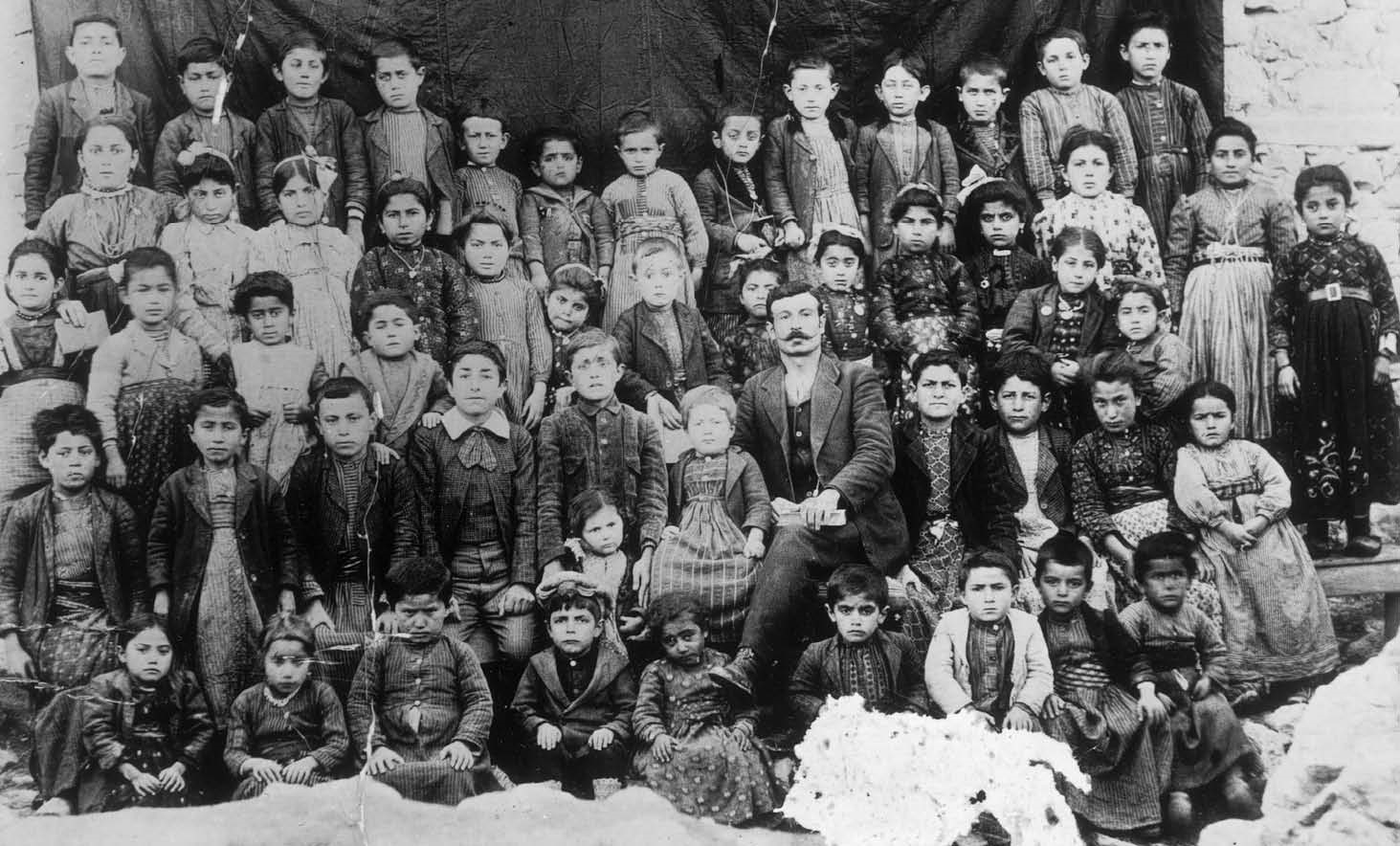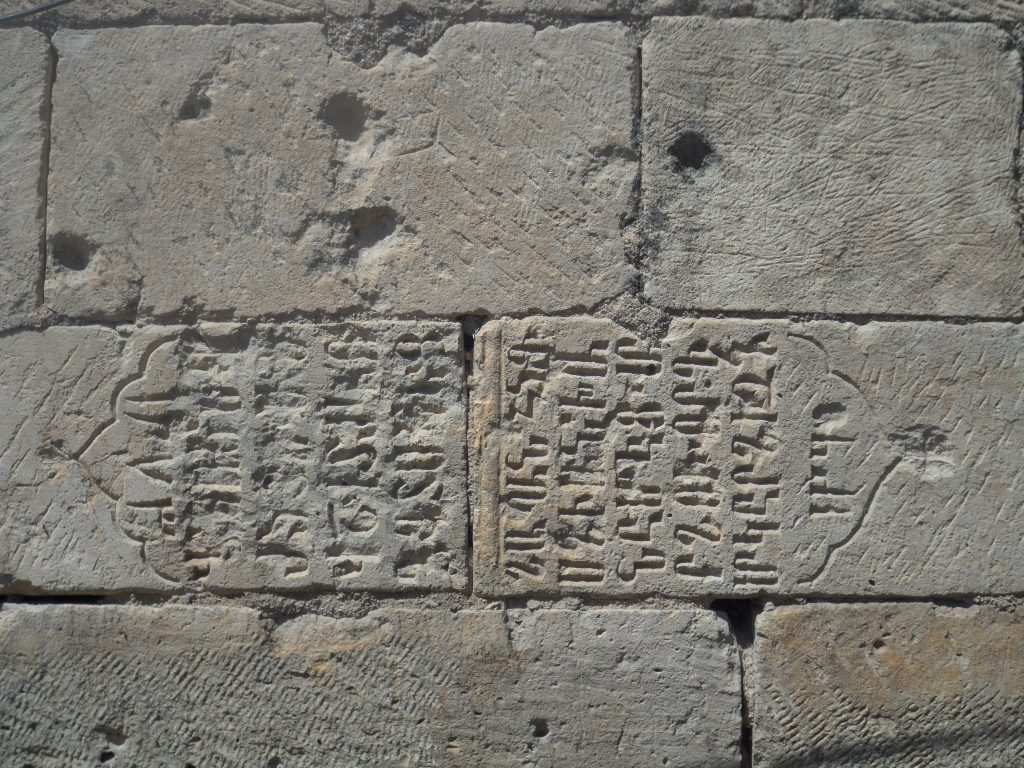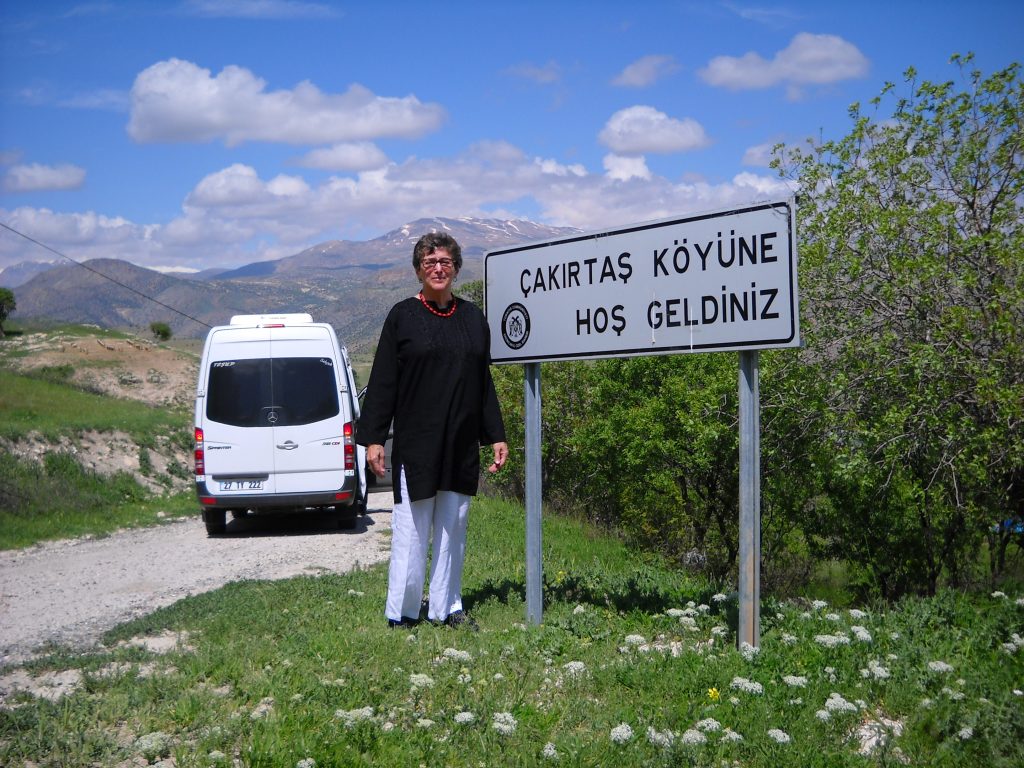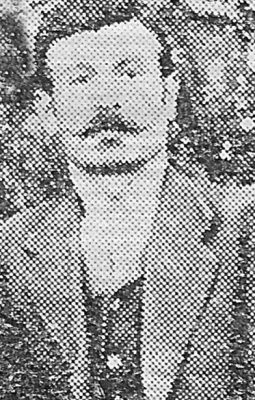

Dear Mr. McCarthy,
My name is John Mirak. I was born in Arabkir, Turkey, in 1907. My family residence was a village near Arabkir. As there are many villages in the surrounding area, in 1914 a large plaque was hung in the center of the town, which meant that the Turkish government was at war approximately 6 months after. All the Armenians were told to surrender their weapons so there would be peace in our area and the Armenians obeyed this order. Sometime had past, approximately 1915 a group of Turkish soldiers on horses entered the village and rounded up all the able-bodied men, including my father, the priests, the teachers, bound their hands and marched them out of the village, about 10 miles, next to Euphrates River. They killed some and drowned the rest. This was the First Massacre.
The second massacre took place about 6 months later. They took all boys, girls and women 12 years or older, about four miles out of town and killed them. My family and my cousins were included.
The third massacre took place approximately the middle of 1916. It included all the old people, men and women and children. They gathered them and locked them in the church for four days and on the fifth day they brought them in the center of the town. I then ran to my house which was about 100 yards away. As you enter the house my grandmother was there lying on a couch, she was very ill. I ran in the back stable to hide. I then heard Topal Nuri come and ask my grandmother where I was. She told him she did not see me, he then left. Topal Nuri was the Chief Executioner of the whole region of that part of the Turkish Province. Topal (in Turkish) means lame, so it must have been a nickname.
The fourth and final massacre took place less than a mile outside of town. Because of their inability to walk any further, they were all killed there. Approximately a month later I was near the village square with our neighbor Turkish woman. Topal Nuri arrived on a horse and he grabbed me and shouted “you were the one that escaped”. Then the Turkish woman looked at him and shouted back and said, “haven’t you killed enough, why don’t you leave the boy alone to care for his grandmother who is dying and his young infant brother?” So he left me alone. Within a week my grandmother died. I asked the lady’s husband if he would help me to bury her and he was kind enough to dig a grave in our land and bury her. A week later I went to him again to bury my brother who was less than a year old and who died from starvation. I was the only Armenian in the village left. Another kind Turkish woman who felt sorry for me gave me shelter and food, and I worked for her for a few months. Then it was 1917. By that time a law was passed that no Turkish individual could keep an Armenian against their will. Then one day my aunt appeared from the blue sky looking for her 3 children which were killed in the third massacre. She heard that I was alive and came to take me. I was afraid to leave the Turkish woman, but she said for me to go with my aunt and not be afraid. We then walked all day and night to reach Arabkir. After we arrived there, we found 2 other Armenian women. The only means of food we had was American sponsored Near East Relief every week. The man in charge of Near East Relief was Mr. Knapp. We all thought he was God. We were in Arabkir for almost a year. I had distant relatives in Aleppo, Syria. We wrote to them and they helped us to get there by caravan. We lived with them for about a year, then I had to go to an orphanage, and my aunt stayed with them, but her husband, my uncle, was in America, in Boston. He came in 1912. She finally wrote to him about us and he was able to bring us to America. We landed in Ellis Island in New York on Jan. 20, 1921.
Mr. McCarthy, I would be very happy to pay all your travel expenses, if you would join me to travel to Arabkir to my village, so that I may show you our school, our church, if the remains are still there, our very kind Turkish woman’s home, who saved my life, and give you names of our Turkish neighbors. I will take you to my home next door and show you it’s remains, and if the beautiful soil stands undisturbed in our yard, I will uncover the earth and show you the bones of my grandmother and my infant brother so you may not call it alleged.
Upon completion of our trip, if you are able to prove that my statements are not true, I will be happy to contribute the sum of a million dollars toward your choice of charities.
Mr. McCarthy, I am the living truth of history and you are a first-class hypocrite for distorting the facts and trying to re-write the history for the sole benefit of personal gains.
Yours truly, John Mirak (Arlington, MA)

Further Reading:
